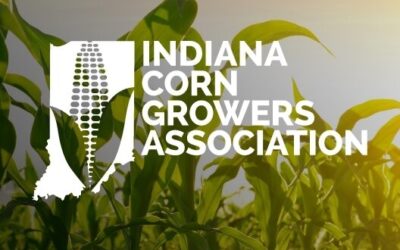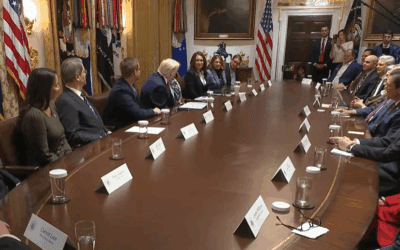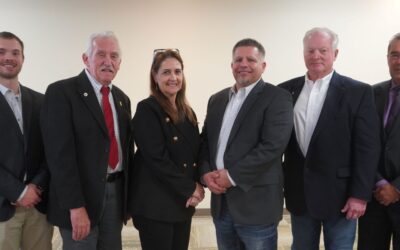Indiana farmers visit Dubai Gulfood Show, learn direct effect of checkoff investments
By Amie Simpson
Farmers representing the Indiana Soybean Alliance (ISA) recently traveled to Dubai to attend the world’s largest annual food, beverage and hospitality show. This year’s Gulfood Show took place on Feb. 19-23 and attracted more than 150,000 visitors and 5,500 exhibiting companies representing more than 190 countries.
ISA supports the USA Poultry and Egg Export Council’s (USAPEEC) ongoing efforts to increase U.S. poultry and egg exports at the Gulfood Show. The Middle East region represents an important market for those exports, which ultimately benefits corn and soybean growers.
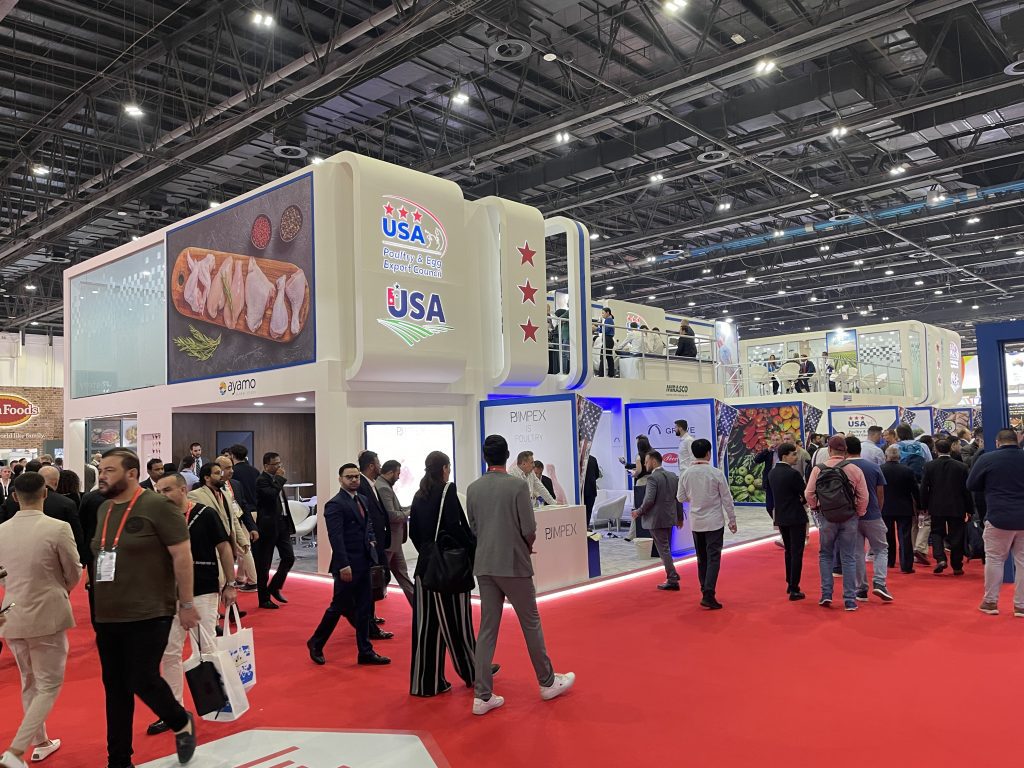
ISA Board member Chris Eck, a farmer from Shelby County, said the event provided an opportunity to ensure that checkoff investments in the region are working.
“These are investment dollars that we’re putting in, and we need to make sure they’re being used properly,” he said. “We’re also finding out what the customers in the region want. For example, what kind of food do they want and how do they want their food processed and packaged. It’s worthwhile for us to attend as directors to see where checkoff investments are going and build relationships and make those contacts in person.”
Matthew Lucas, a corn and soybean farmer from Jackson County, also attended.
“I think this is an excellent program to continue to fund,” he said. “It gives corn and soybean growers an opportunity to push our crops through exports of poultry products. It also gives us an opportunity to see what other countries want in terms of products that we offer.”
Visiting poultry importers
During the Gulfood Show, Lucas and Eck visited ARAMTEC and talked with SAFCO, two major importers of poultry in the region and got to know more about the poultry and eggs market potential and challenges. Conversations emphasized how the United States can position itself as a provider of high-quality poultry products able to meet the needs of buyers around the globe.
“Something we heard over and over is that some U.S. products are not packaged exactly like they need to be for this market,” Eck said. “Other countries, like Brazil, are willing to make those processing changes. If we don’t change or start creating new markets, then we’re going to be blocked out of the export markets, and that’s not a position we want to be in.”
Lucas added that it will be important for U.S. suppliers to take customer preferences into account.
“There are some technical challenges depending on which region you’re speaking of, whether it’s halal or the packaging requirements for poultry or how some products are not necessarily accepted,” he said. “That’s something I’m taking away from this experience.”
USAPEEC sees value in Gulfood Show, recognizes Indiana investment. USAPEEC President and CEO Greg Tyler said there were about $2.5 million in sales during last year’s Gulfood Show and an additional $7.5 million in sales following the event.
“We were looking at about $10 million in sales from the 2023 Gulfood Show,” he reported. “There were also 160 trade leads that came in during that time, promoting long-term development of new trade contacts. The Gulfood Show is important to us as we have buyers from Africa, the Middle East, and Europe as well as India and Asia.”
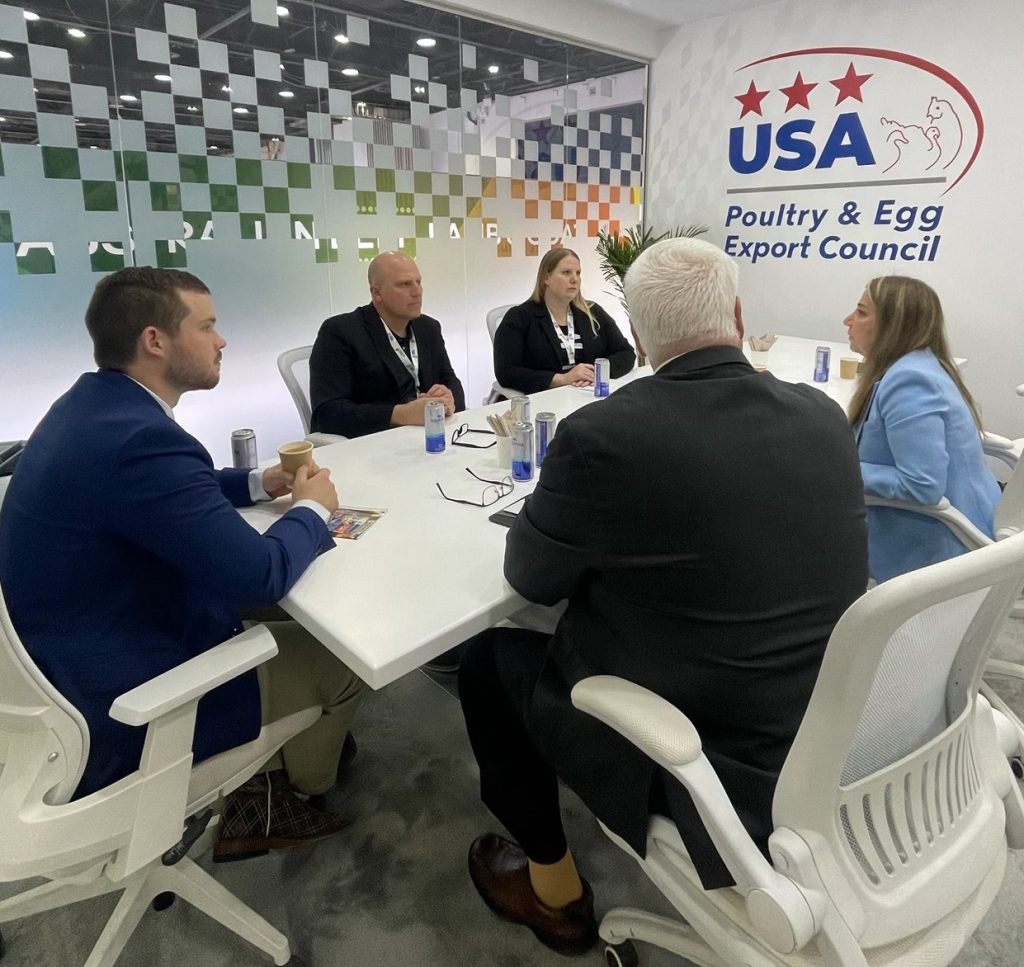
Poultry exports benefit row crops
Increased trade and exports of U.S. poultry and eggs benefit U.S. soybean growers.
“The more we export U.S. poultry and eggs, the more demand there is going to be for production in the U.S., and, of course, that means that we’re going to need more soybean meal to feed all the chickens, turkeys and ducks we have,” Tyler explained.
Tyler said the support from Indiana’s soybean checkoff doesn’t go unnoticed. “Without it, we couldn’t do this show or a lot of the programs we do around the globe,” he said. “It’s a great partnership we have with Indiana, and we want to thank you from the bottom of our hearts for your support in expanding exports of U.S. poultry and eggs.”
The project helps to increase U.S. broiler and turkey exports worldwide through participation and expanded presence at the Gulfood Show. It focuses on growing exports to the Middle East region as well as surrounding markets that are reached in one central location such as Sub-Saharan Africa, North Africa, India, Asia and Central Asia.
The United Arab Emirates (UAE) is the top export market for U.S. poultry products in the Middle East, according to USAPEEC. In 2023, the U.S. exported more than 62,000 metric tons of chicken broiler meat, nearly 750 metric tons of turkey meat, and 125 metric tons of other poultry meat to the UAE.
With Indiana ranking No. 1 in commercial duck production and No. 3 in egg and turkey production, it’s important to maintain these markets and support the exports of these products.
Call to fellow board members
The trade show floor also provided the opportunity to discuss the benefits of high oleic soybean oil.
Eck grows high oleic soybeans on his farm. He spoke with exhibiting companies about the longer fry life and improved fat-profile of high oleic soybean oil.
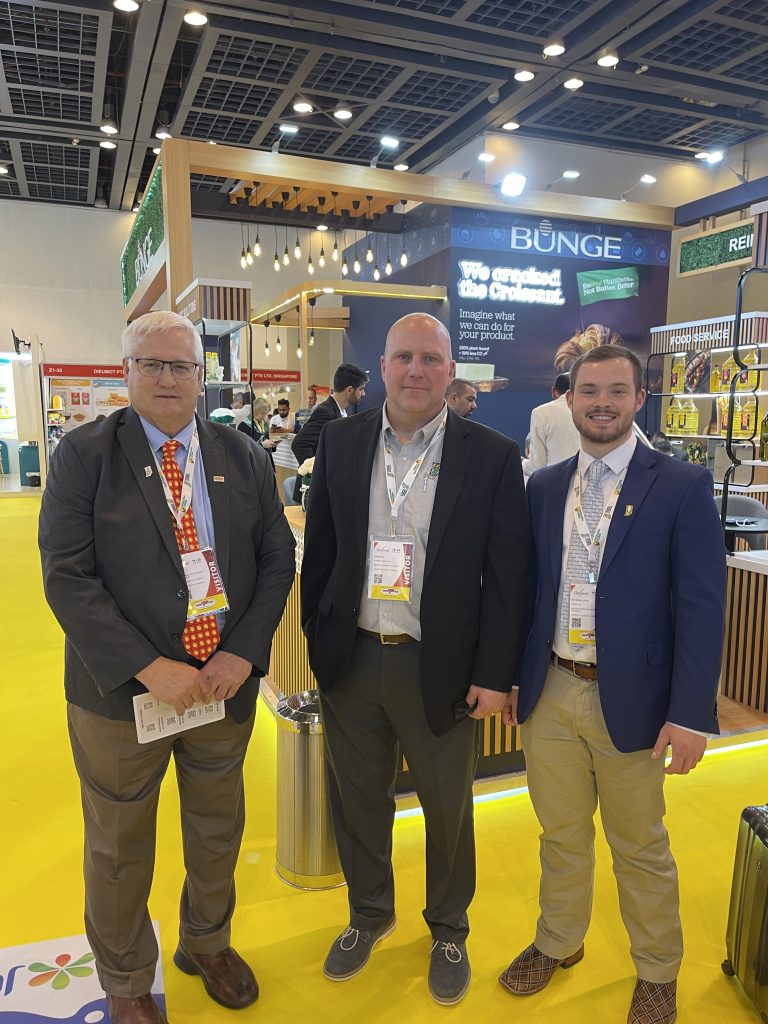
“We found multiple companies that use high oleic soybean oil in their fry oils and had conversations with them about what they’re looking for and how there are customers asking for the product,” he said. “High oleic soybean oil extends a products’ shelf life and offers a longer fry life. We were able to express to them that if you extend the life, you save money. We also talked about the benefits of being heart healthy and not transferring flavors.”
Both Lucas and Eck encourage farmers to travel and see projects firsthand when given the opportunity.
“You get a real perspective of the world economy that we’re dealing with,” Eck said. “Even if you’re only selling at home, the prices are based off of a world economy and if you don’t come and see your customers, they’re not going to be your customers long.”
Lucas added, “This is a great opportunity to be the boots on the ground and see what we’re doing with our checkoff investments. It also gives us an opportunity to go back home and explain to farmers in our area what we’re achieving and tell our story.”
Posted: March 23, 2024
Category: Indiana Corn and Soybean Post - March 2024, ISA, News

